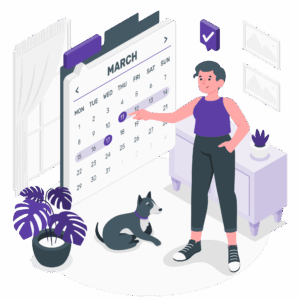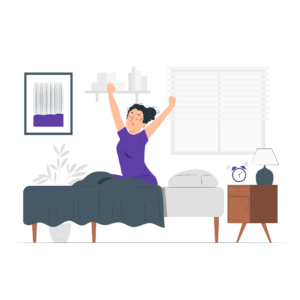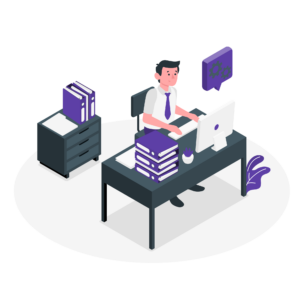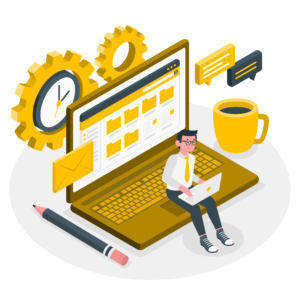
How to Use Calendar View in ClickUp to Organize Your Brain
TLDR Version TL;DR: If you’re constantly wondering “What should I work on today?”, especially with an ADHD brain, Calendar View might be your new best friend. Instead of juggling tasks

TLDR Version TL;DR: If you’re constantly wondering “What should I work on today?”, especially with an ADHD brain, Calendar View might be your new best friend. Instead of juggling tasks

The 5AM and morning routine isn’t about adhering strictly to waking up at 5 AM, but rather about finding a personalized morning ritual that aligns with our individual needs and

Discovering the essential strategies for ADHD mompreneurs to conquer distractions and boost your work-from-home efficiency in this blog We off practical tips, balancing parenting, and professional responsibilities with a blend

While there are many reasons that you may want to use a physical calendar or planner when hashing out ideas, or looking at content calendars, converting those to a digital